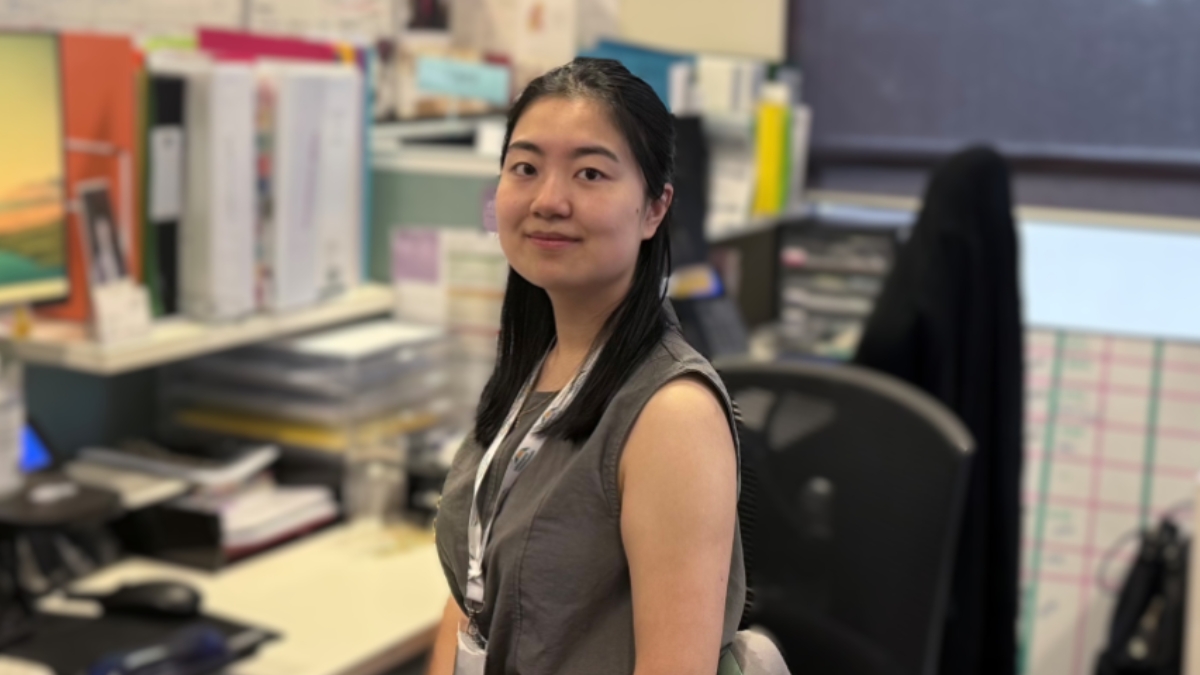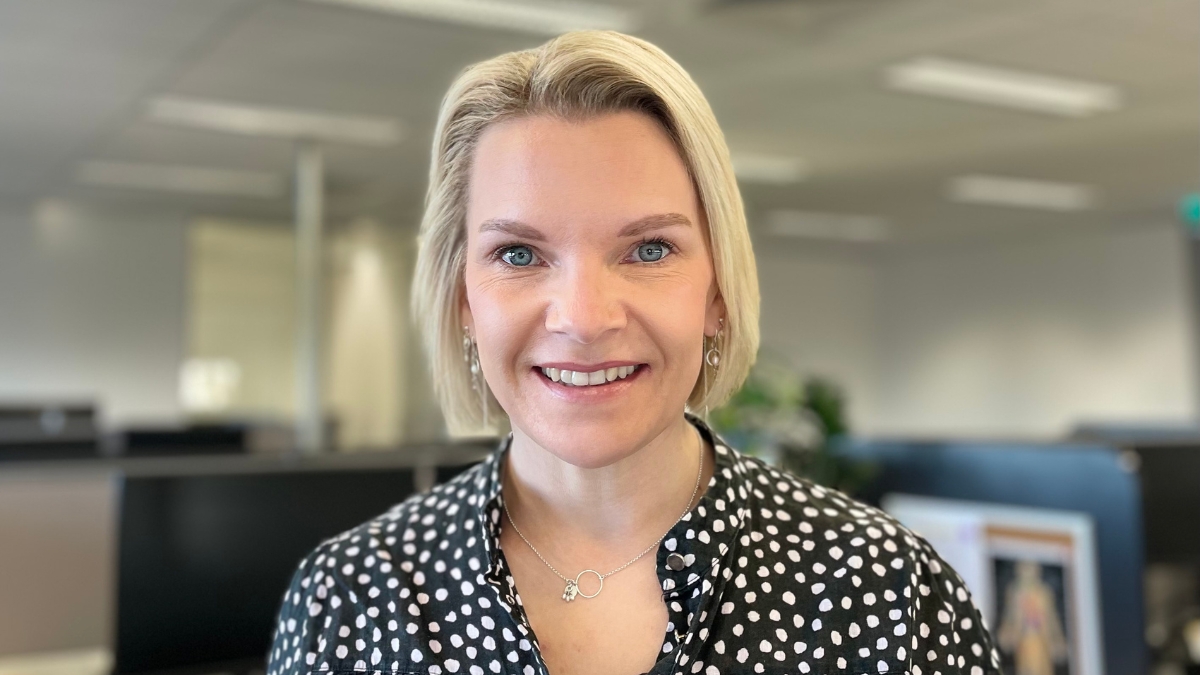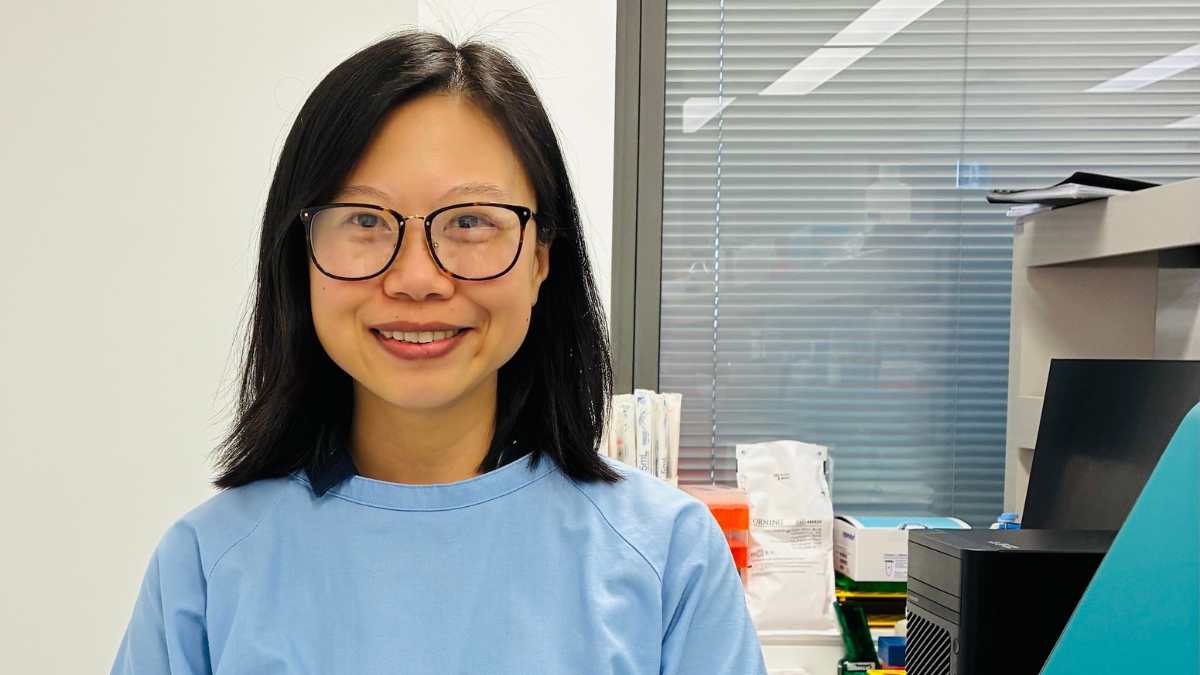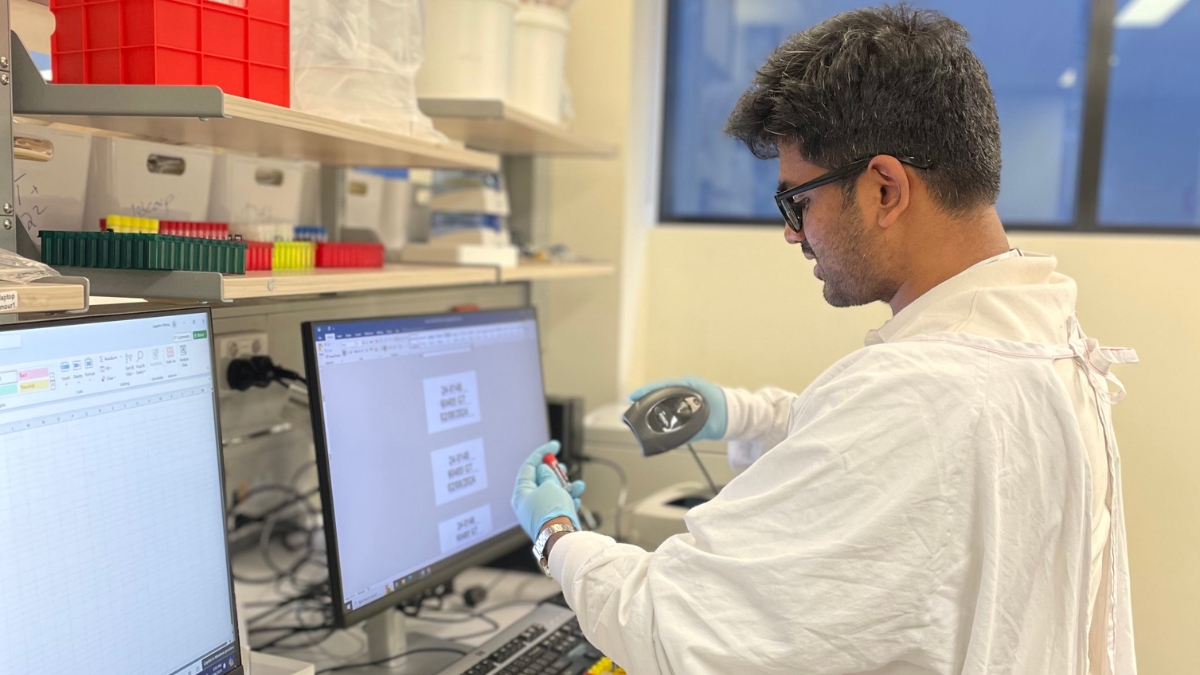Associate Professor Serigne Lo is Head of Research & Biostatistics Group at MIA. His team is responsible for the design, analysis, and reporting of clinical trials, as well as the development of tools that combine biostatistics, bioinformatics, and artificial intelligence methods to guide the management of treatment for melanoma patients. His latest research investigated the long-term (30-year) survival rates for the four AJCC T-categories (based on thickness of primary melanoma), by analysing Australian registry data for 210,042 melanoma patients diagnosed from 1982-2014. Let’s deep-dive into his life and research!
Can you summarise your latest research?
The prognosis of a patient with a primary cutaneous melanoma is known to be related to the Breslow thickness of their tumor. My latest research investigates long-term (30 year) survival rates for the four T-categories, as classified in the American Joint Committee on Cancer (AJCC) 8th Edition. The T category classifies the thickness and ulceration status of the melanoma. Our study analysed data from 210,042 melanoma patients in Australian registries, diagnosed between 1982 and 2014.
We found significant differences in melanoma-specific survival and mortality rates between each successive T-category.
Interestingly, a plateau in melanoma-related deaths was observed solely among T4 patients (primary melanoma thickness greater than 4mm) after 20 years, while deaths continued in other T-categories beyond 30 years.
The persistent prognostic impact of T-categories holds true regardless of the patient’s age at melanoma diagnosis. However, there is a steady increase in the risk of death from non-melanoma causes across all thickness categories. Consequently, primary care physicians should consider that for patients with thin melanomas (Breslow thickness1 ≤1.0mm), the risk of melanoma-related mortality is likely much lower than the risk of mortality from non-melanoma causes, depending on the patient’s age. Our findings highlight the often-overlooked risk of death from other causes in melanoma patients, which is important for both clinicians and patients.
This paper has been published online in the Journal of the National Cancer Institute – you can read it here.
What is your title?
I wear multiple hats and have various titles. I’m the Head of the Research & Biostatistics Group at the Melanoma Institute Australia and an Associate of Biostatistics at The University of Sydney. I also serve as the Chair of the Accreditation Committee at the Statistical Society Australia Inc.
How did you get into melanoma research?
The position to lead the statistical group at MIA was advertised at a point in my career when I was seeking a more prominent leadership role, so I applied and was fortunate to be selected among many other highly qualified candidates.
What has been the highlight of your career so far?
The highlight of my career has undoubtedly been the development of the MIA risk prediction platform. This platform currently features six prediction tools that aid in managing treatment for melanoma patients. It has been integrated into routine patient care at several hospitals, and some of the tools have been used to define eligibility in ongoing clinical trials and cohort studies. It is incredibly rewarding to witness the platform’s impact and the global enthusiasm from clinicians, as evidenced by over 800,000 visits in less than five years since its launch.
What is your favourite part of your work?
My favourite part of my work is designing clinical trials. The initial discussions with investigators are particularly exciting because nothing is fixed yet, but we know we need to collaborate to develop an optimal design that addresses a specific research question—or even multiple questions.
Do you have a nickname?
I’m not sure if this counts as a nickname, but at the University of Geneva, my colleagues used to call me ‘Lo’. I’m sure if you mentioned ‘Serigne’ to them, it might take them a moment to realize you’re talking about me!
Describe yourself in one word.
Versatile.
Do you have a hidden talent?
I am a tailor. I grew up in a family of tailors in Thies (a city in west-central Senegal), and even now, I sometimes sew to repair my children’s clothes or my own.
What is your favourite quote?
“In God we trust, all others must bring data” – W. Edwards Deming
What is your favourite movie?
Pay It Forward (film).
What is a book you’ve recently enjoyed?
I’m currently reading Nelson Mandela’s ‘Long Walk to Freedom’ and enjoying it.





